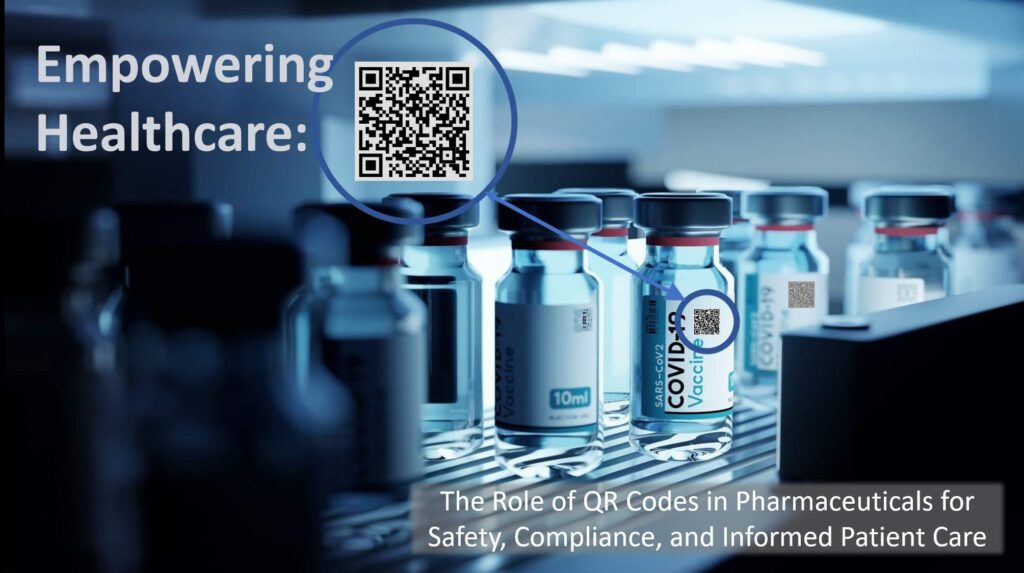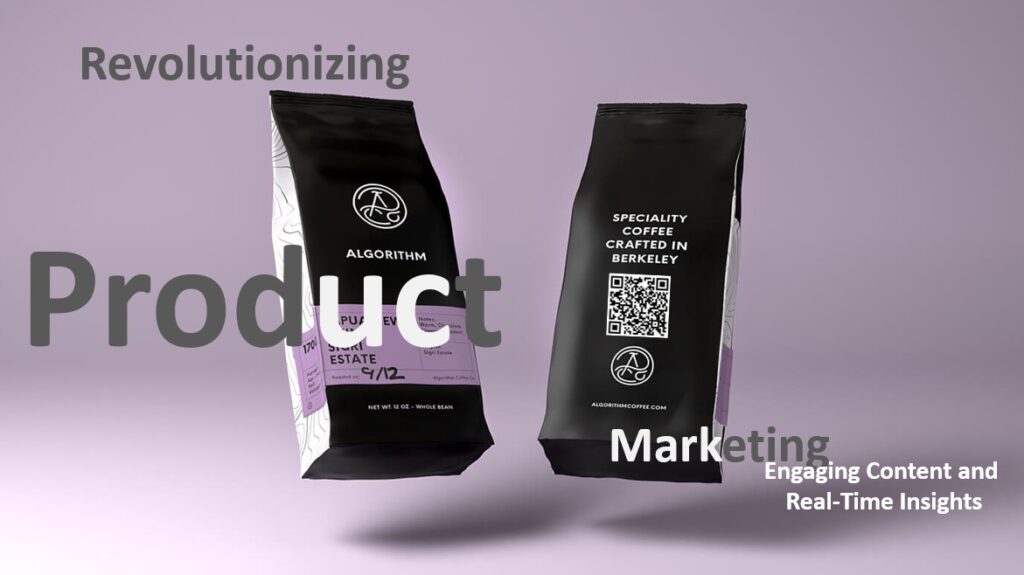Beyond the Link: Maximizing Social Media Impact with QR Codes
Beyond the Link: Maximizing Social Media Impact with QR Codes Definition: QR codes are a valuable tool for boosting social media engagement. Businesses can use them to drive traffic to social media profiles, promote user-generated content, and connect with their audience on various platforms. Benefits for Your Business: QR codes enhance social media marketing by providing a seamless bridge between offline and online interactions. They increase brand visibility, encourage user participation, and facilitate the growth of online communities. Examples: Include QR codes on marketing materials that link directly to your social media profiles. Create QR codes for promotions or contests that encourage users to share content on social media. Expanding on the Definition: QR codes have evolved into dynamic tools for enhancing social media engagement. They serve as digital connectors, seamlessly bridging the physical and virtual worlds of brand interaction. From traditional marketing materials to product packaging, QR codes offer a direct link to a brand’s social media presence. The role of QR codes in social media engagement extends beyond mere redirection. They become catalysts for user interaction, transforming passive consumers into active participants in a brand’s digital narrative. Expanding on Benefits for Business: Businesses leveraging QR codes in their social media strategy unlock a host of benefits. Brand visibility receives a significant boost as QR codes serve as gateways to social media profiles. This direct link encourages users to explore, follow, and engage with the brand on various platforms, fostering a sense of community and loyalty. The interactive nature of QR codes facilitates user participation. Consider a scenario where a product carries a QR code that leads to an exclusive online contest or promotion. Users, enticed by the promise of rewards, engage with the brand by sharing content or participating in the promotion. This not only amplifies the brand’s reach but also generates user-generated content, a valuable asset in modern digital marketing. Expanding on Examples: Let’s delve into practical examples of QR codes enhancing social media engagement. A business includes QR codes on its marketing materials, such as brochures and posters. When scanned, these codes direct users to the brand’s social media profiles, where they can find the latest updates, behind-the-scenes content, and exclusive promotions. This seamless transition from offline to online nurtures a sense of connectivity and keeps the audience informed and engaged. QR codes for promotions or contests further exemplify the interactive potential. Imagine a QR code on a product’s packaging leading customers to a social media post announcing a contest. Participants, eager to join the competition, share the content on their social networks, creating a ripple effect that extends the brand’s reach and fosters a sense of community. In conclusion, QR codes in social media engagement transcend their role as mere links; they are active agents that cultivate brand visibility, encourage user participation, and fuel the growth of vibrant online communities. Prices Schedule call
Beyond the Link: Maximizing Social Media Impact with QR Codes Read More »







